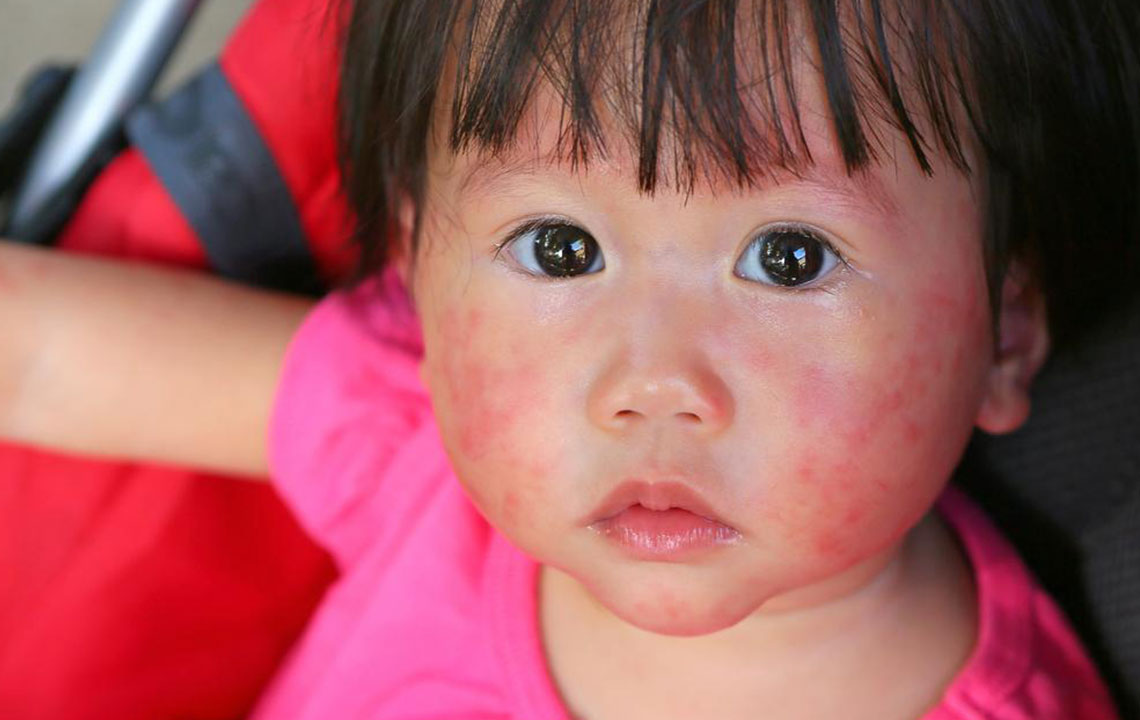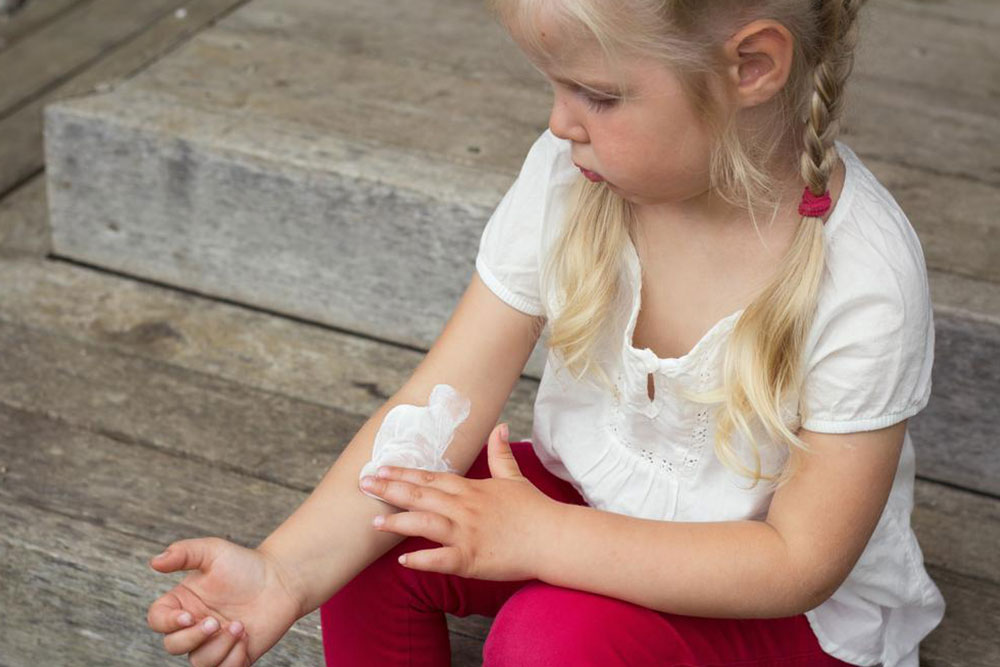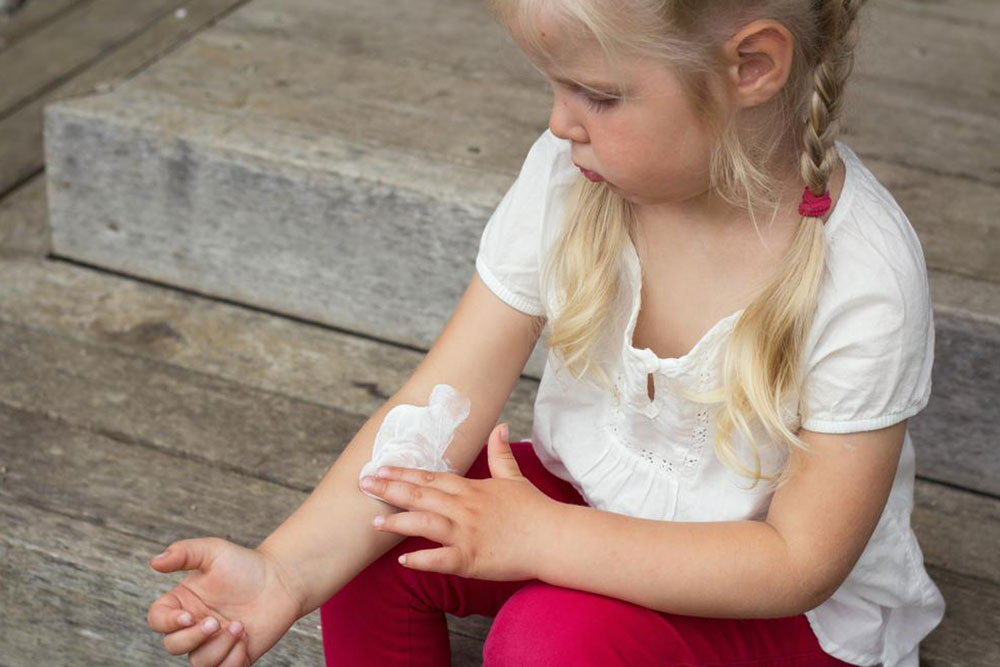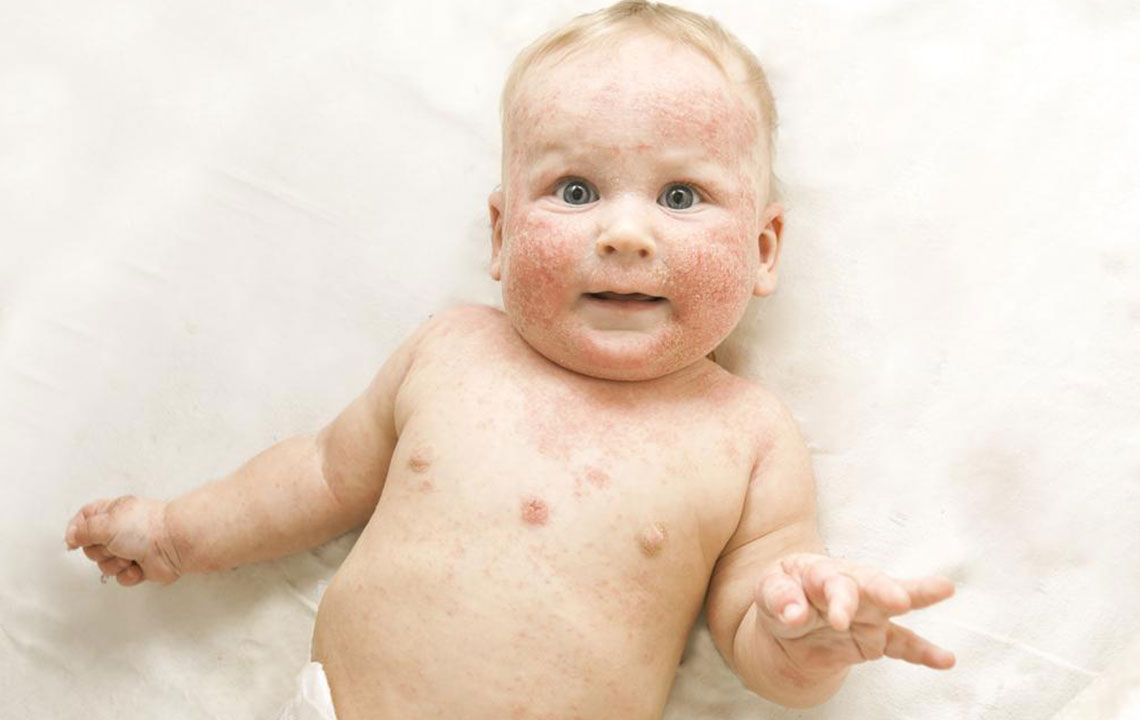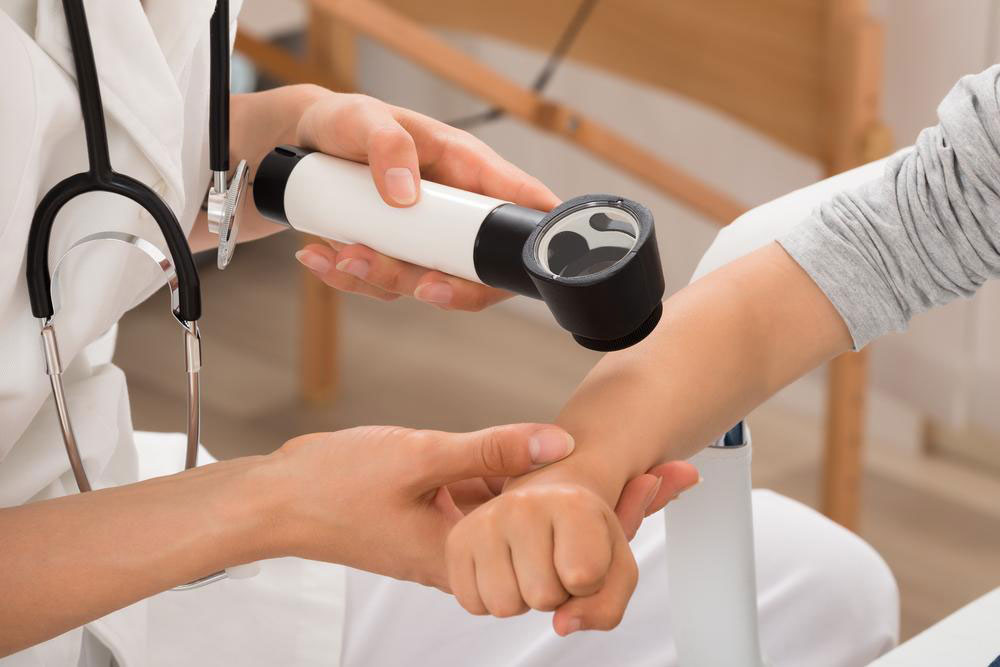Comprehensive Guide to Managing Atopic Dermatitis in Children: Effective Strategies for Better Skin Health
This comprehensive guide provides effective strategies for managing atopic dermatitis in children, including skincare routines, environmental controls, medication use, and advanced therapies. Parents will learn how to reduce flare-ups, prevent infections, and improve their child's skin health, ensuring a better quality of life. Regular medical supervision and tailored care plans are emphasized for optimal results, making this essential reading for caregivers dealing with pediatric eczema.
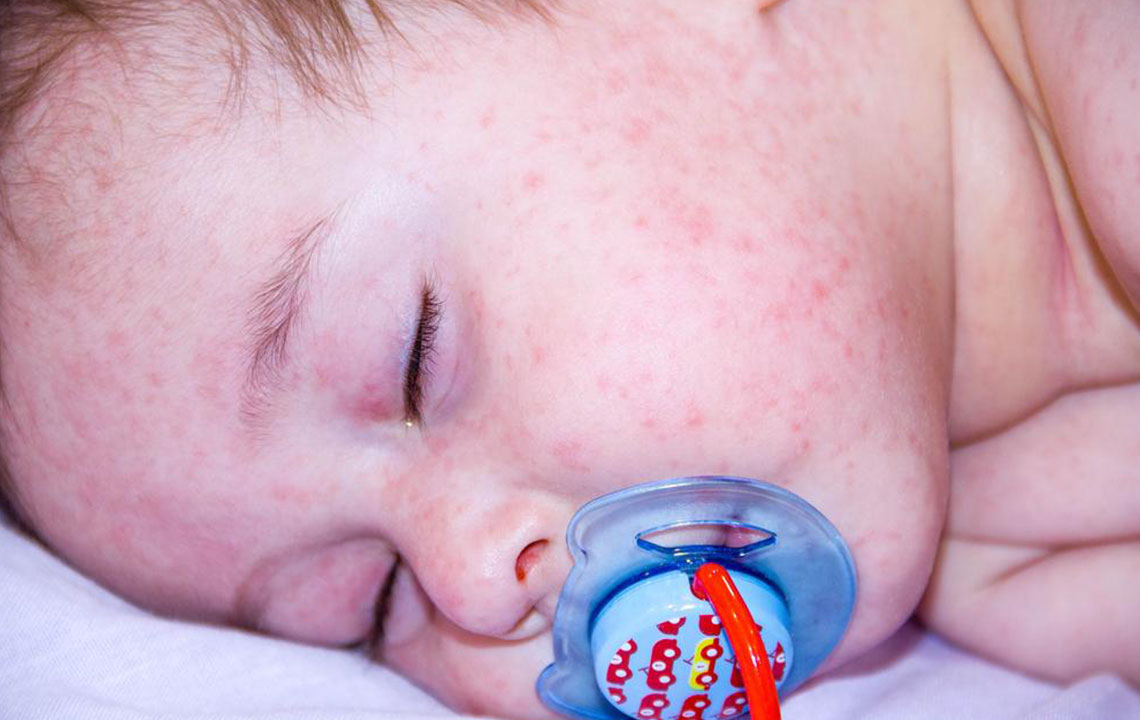
Comprehensive Approaches to Managing Atopic Dermatitis in Pediatric Patients
Atopic dermatitis, commonly known as eczema, is a widespread and often persistent skin condition that particularly affects infants and young children under the age of two. This condition is characterized by an interplay of genetic predispositions and immune system responses, leading to symptoms that can significantly impact a child's comfort and daily life. Understanding the nature of atopic dermatitis is crucial for parents and caregivers aiming to manage the condition effectively and improve the quality of life for affected children.
Clinically, atopic dermatitis manifests as dry, itchy, and inflamed skin, which may appear as red patches, swelling, oozing blisters, or skin thickening in chronic cases. Its recurrent nature involves periods of flare-ups interspersed with remission, and in many children, the symptoms tend to lessen over time, with some children experiencing complete clearance before reaching puberty. Despite its often transient course, proper management is vital to prevent complications, reduce discomfort, and minimize the risk of secondary infections.
Effective management of atopic dermatitis should be comprehensive and tailored, focusing on skin hydration, inflammation control, avoidance of irritants, and supportive measures that enhance overall skin health. This involves a combination of skincare routines, environmental modifications, medication adherence, and regular medical supervision. The goal is to reduce the severity and frequency of flare-ups while maintaining the child's comfort and well-being.
Here, we delve into the most effective strategies for managing atopic dermatitis in children, providing detailed guidance for parents and caregivers seeking to develop an optimal care plan that minimizes flare-ups and promotes healthy skin development.
Consistent Skin Hydration: Maintaining optimal skin moisture is paramount. Use rich emollients and moisturizers regularly to strengthen the skin barrier, prevent dryness, and reduce triggers that can lead to flare-ups. Applying moisturizers immediately after bathing helps lock in hydration, ensuring the skin remains supple and resilient.
Bathing Tips: Opt for lukewarm water during baths, as hot water strips natural oils and aggravates dryness. Use gentle, fragrance-free cleansers with neutral pH to cleanse the skin without irritation. After rinsing, gently pat the skin dry—do not rub—and apply a moisturizer while the skin is still slightly damp to maximize hydration.
Medications for Symptom Relief: During flare-ups, antihistamines administered at bedtime can alleviate itching and redness, aiding in restful sleep. For short-term inflammation control, healthcare providers may prescribe topical corticosteroids—applied sparingly and precisely to affected areas—to reduce inflammation effectively.
Environmental and Clothing Precautions: Identify and minimize exposure to common triggers such as dust mites, pet dander, pollen, and cigarette smoke. Dress children in natural, breathable fabrics like pure cotton, avoiding synthetic materials which can exacerbate skin irritation.
Managing Infections: Secondary bacterial infections are common in eczema sufferers, caused by scratching or skin breakdown. Healthcare providers may recommend topical or oral antibiotics to manage infections promptly, preventing further complications and facilitating healing.
Specialized Skin Care Techniques: Incorporate weekly bleach baths by adding a small amount of bleach (sodium hypochlorite) to bathwater for 5-10 minutes. This practice helps reduce bacteria on the skin, curbing infection risk and preventing skin thickening or pigmentation changes.
Advanced Therapies: In severe or stubborn cases, treatments such as psoralen combined with ultraviolet (UV) light therapy might be recommended. These should only be administered under specialist supervision to ensure safety and efficacy.
Regular follow-up appointments with your child's healthcare provider are essential to monitor treatment effectiveness, adjust medications, and address any evolving concerns. Early intervention during flare-ups ensures better outcomes and minimizes discomfort. Parents should stay vigilant for signs of secondary infections or worsening symptoms, seeking prompt medical advice when necessary. With a consistent, well-structured management plan, children with atopic dermatitis can achieve healthier skin and a more comfortable, active childhood.
